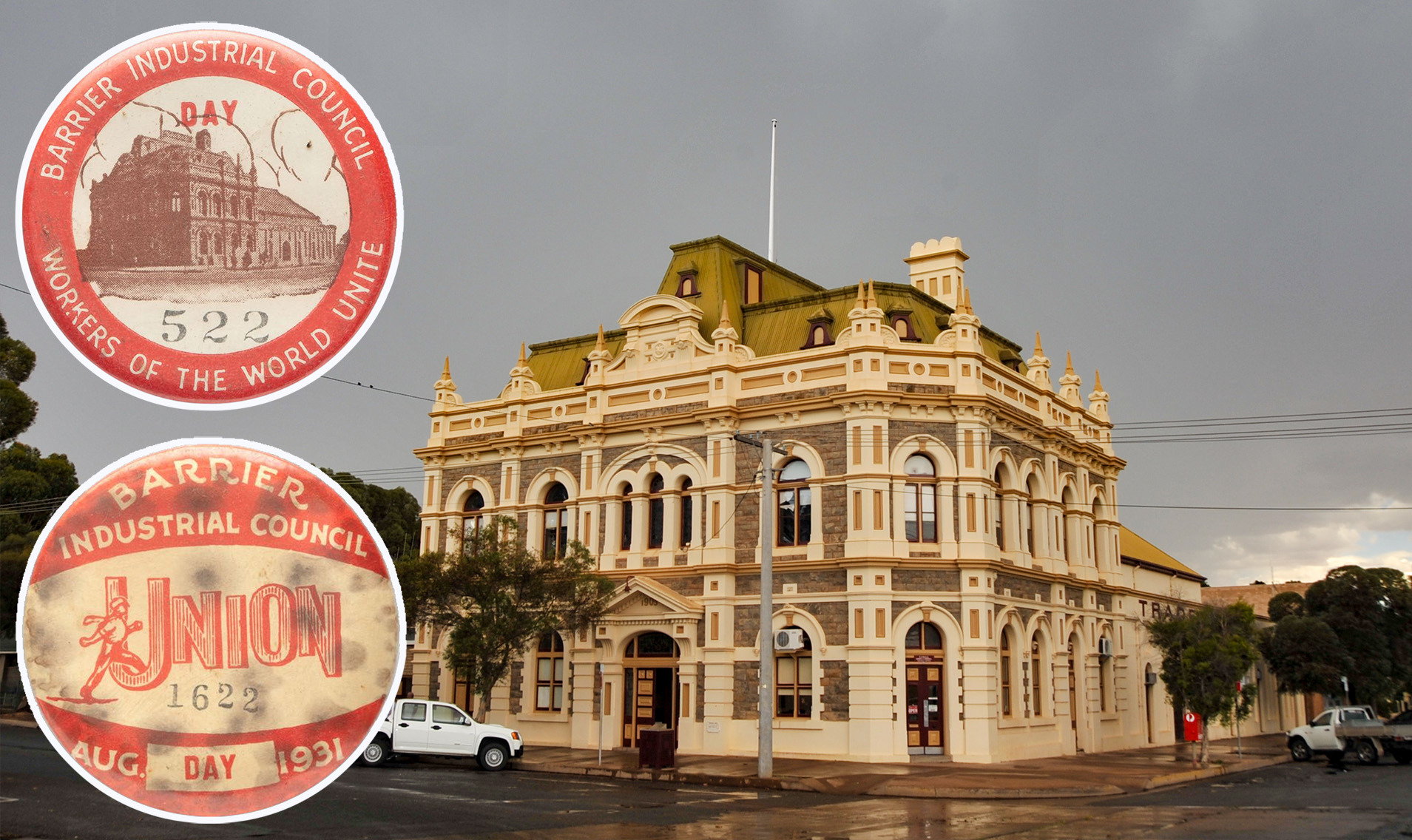The Barrier Industrial Council is set to celebrate a remarkable milestone this year as it reaches its centenary and shines a light on a proud history of not only representing and fighting for workers but also very much being a part of the fabric and history of Broken Hill.
In truth the history of the BIC begins before this year’s centenary, going right back to the early days of mining in Broken Hill where unionism has a long and distinguished history.
Step back to 1890 and virtually every worker on the town’s Line of Lode belonged to a union, either to one of several small unions or to the giant Amalgamated Miners Association which was at the time one of the most powerful unions in Australia.
One of the issues back then was the sheer number of unions in the city and it became obvious there would be strength in numbers so by 1916 the first seeds of an umbrella organisation were sown as the first attempts at union unification took place with the formation of the Broken Hill Trades and Labour Council.
Despite that, there were still several different union groups – the tradesmen’s unions had a council of their own called the Iron Trades Council and the Amalgamated Miner’s Association was linked with the Australian Coal and Shale Employees’ Federation.
In 1921 the miners union changed its name to the Workers Industrial Union of Australia and in 1923 it joined the Barrier Trades and Labour Council, which was the first form of what the following year would officially become the BIC.
On January 18, 1923 – Eugene Patrick ‘Paddy’ O’Neill was elected the first President of the Barrier Trades and Labor Council and the following year the Council changed its name to the Barrier Industrial and Political Council but in December, 1924 the word “Political” was dropped from the title and the present day Barrier Industrial Council first appeared.
“BIC also developed into the body that was the effective lawmaking authority in the city.”
When Paddy O’Neil took office, the Barrier Industrial Council was probably seen as no more than an instrument for administering the different trade unions. But BIC also developed into the body that was the effective lawmaking authority in the city.
The laws BIC made reflected the needs of the citizens working and trying to survive in the remote and harsh conditions of the Australian outback.
This year, as well as celebrating the BIC centenary, the iconic Trades Hall is moving ever closer to UNESCO World Heritage listing, and the fiercely independent Barrier Truth newspaper which has been owned by the BIC since the 1960s – will also celebrate its own major anniversary.
BIC President, Rosslyn Ferry, says, “there were a sequence of events throughout 1923 and 1924 that led to the formation of the Barrier Industrial Council as we know it today.
“It was born in the aftermath of perhaps the longest strike in the harshest conditions in Australian history. The campaign for humane working hours began with the struggle to improve the lot of underground miners who were dying from lung disease caused by working long hours in the dusty mines.
“Many of them died in their thirties, leaving behind wives and children.
“The 1919 dispute resulted in the 35-hour week for miners in Broken Hill at a time when the Federal Award Standard was 48 hours per week.
“The Barrier Industrial Council has remained the peak union body in Broken Hill. It has had a vital role in unifying the labour movement and shaping the unique character of our city,” Ms Ferry said.
“It is with immense pride that we commence a year of celebrating and marking the achievements of the Barrier Industrial Council and the trade union movement.”










